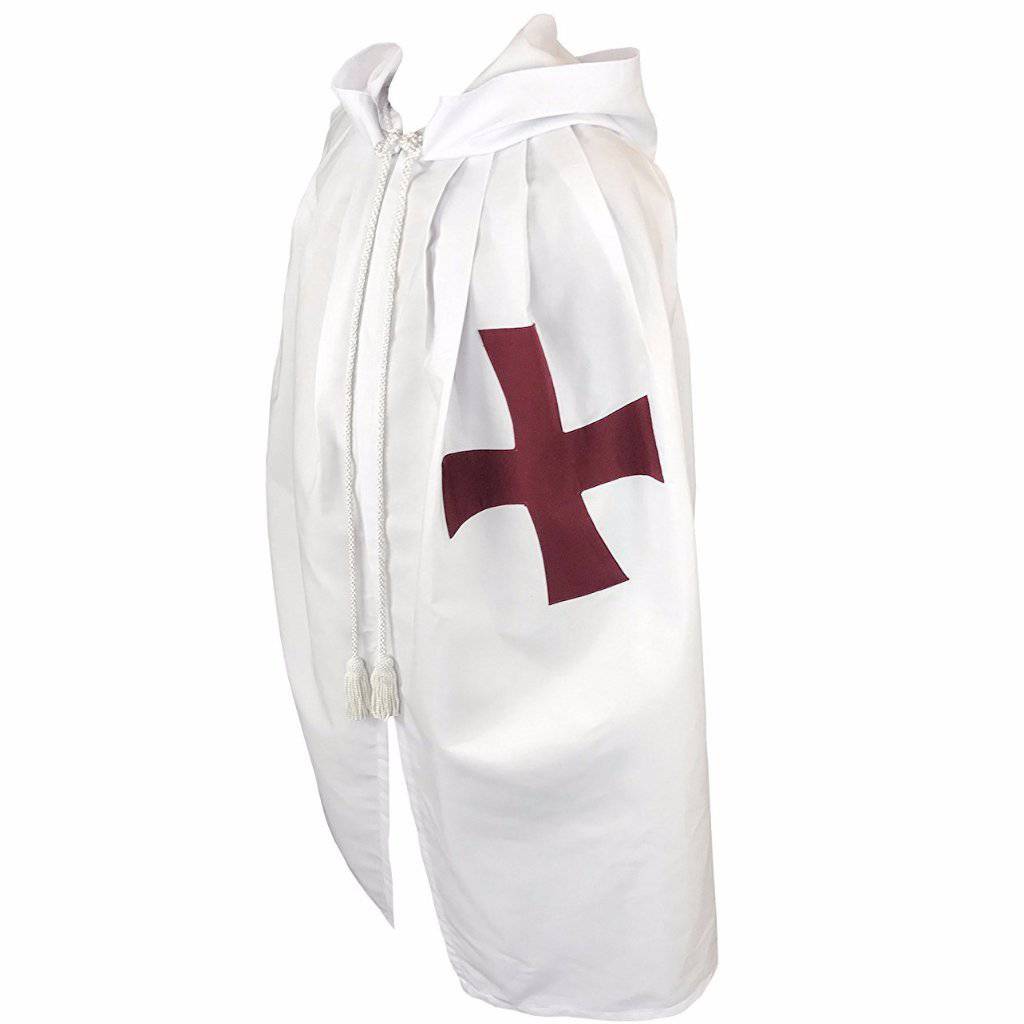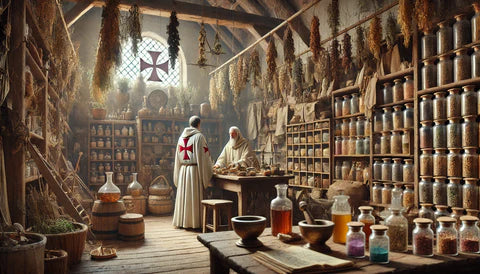The Knights Templar and Language: A Linguistic Legacy
The Knights Templar, renowned for their role in the Crusades and their mysterious demise, are often remembered as warriors, financiers, and religious zealots. However, beyond their military achievements and tragic end, the Templars also played a crucial role in the exchange and evolution of languages during the medieval period. Operating across a vast geographical area and encountering a wide array of cultures, the Templars were at the forefront of linguistic interaction, helping to bridge gaps between the East and West. This linguistic legacy, though less visible than their martial prowess, had a profound impact on the cultural and intellectual landscape of Europe and the Middle East.
![]()
Multilingual Communication: A Necessity for Survival
The Templars' operations spanned a diverse and culturally rich region that required them to navigate a complex linguistic landscape. Latin, the lingua franca of the Catholic Church, was the primary language for official documents and correspondence within the Order. However, Latin alone was insufficient for the Templars’ daily interactions, especially as they ventured into the Holy Land and other parts of the Middle East.
French, particularly the Old French dialect, was the Templars' working language within the Order. It served as the common tongue among knights from different regions of Europe, ensuring that they could coordinate their military and logistical efforts effectively. But when the Templars engaged with local populations in the Middle East, they had to communicate in Arabic, the dominant language of the region. This required many Templars to learn Arabic, not only to interact with local authorities and traders but also to negotiate truces, gather intelligence, and manage their estates.
The Templars' multilingual capabilities were a testament to their adaptability and pragmatism. This linguistic diversity allowed them to operate effectively in foreign lands, forging alliances and building relationships with people from different linguistic and cultural backgrounds. It also enabled the Templars to act as intermediaries between the Christian and Islamic worlds, facilitating communication and trade across cultural divides.
Translation and Knowledge Transfer: Bridging the East and West
One of the most significant contributions of the Templars to the linguistic and intellectual heritage of Europe was their role in the translation and transmission of knowledge. The medieval period was a time of intense intellectual exchange, and the Templars were uniquely positioned to facilitate the transfer of knowledge between the Islamic world and Christian Europe.
The Islamic Golden Age, which flourished from the 8th to the 14th centuries, was a period of remarkable achievements in science, medicine, mathematics, and philosophy. Many of these advancements were documented in Arabic texts, which remained largely inaccessible to European scholars until they were translated into Latin and other European languages. The Templars, with their presence in the Middle East and their multilingual skills, played a crucial role in this process.
Templar estates often housed libraries that contained a wealth of Arabic manuscripts. The Templars, either directly or through collaboration with scholars, facilitated the translation of these texts into Latin. This translation movement had a profound impact on European intellectual life, as it introduced European scholars to the works of great Islamic thinkers such as Avicenna, Al-Khwarizmi, and Averroes. The knowledge contained in these texts would later contribute to the Renaissance, a period of renewed interest in science, art, and philosophy in Europe.
Secret Codes and Cryptography: Protecting Their Secrets
The Templars were not only adept at navigating different languages but also at developing methods to secure their communications. The volatile and often hostile environment of the Crusades necessitated the use of secret codes and cryptographic techniques to protect sensitive information. While historical evidence is sparse, there are accounts and legends suggesting that the Templars employed ciphers and other forms of cryptography to safeguard their communications.
These cryptographic methods would have been crucial in ensuring the confidentiality of the Templars’ strategies, financial transactions, and other sensitive operations. The use of secret codes allowed them to communicate securely across long distances, particularly when sending messages from the Holy Land to Europe. The Templars' reputation for secrecy and their mysterious downfall have fueled speculation about their use of cryptography, with some even suggesting that they possessed knowledge of ancient codes or encrypted texts that remain undeciphered to this day.
The Lingering Impact: Traces in Modern Language
The linguistic legacy of the Knights Templar extends beyond their own time, leaving traces in modern European languages. Terms and expressions related to their military and religious practices have seeped into common usage, reflecting the enduring influence of the Templars on European culture. For instance, the word "bank" is believed to have evolved from the Templars' financial activities, as they established a network of financial services that laid the groundwork for modern banking.
Furthermore, the Templars' interactions with the Arabic-speaking world introduced European languages to a range of Arabic words, particularly in the fields of science, mathematics, and commerce. Words such as "alchemy," "algebra," and "zero" are derived from Arabic, and their entry into European languages can be traced back to the period of intense linguistic exchange during the Crusades.
The Templars' linguistic contributions are also evident in the spread of certain religious and chivalric terms. The concept of "chivalry," closely associated with the Templars, has its roots in the medieval knightly code of conduct, which was heavily influenced by the Templars' practices. The word "chivalry" itself is derived from the Old French term "chevalerie," reflecting the Templars' linguistic and cultural impact.
Conclusion: A Legacy Beyond the Battlefield
The Knights Templar are often remembered for their military exploits and their tragic end, but their contributions to the linguistic and intellectual heritage of Europe should not be overlooked. Through their multilingual capabilities, their role in the translation and transmission of knowledge, and their use of cryptography, the Templars helped to shape the linguistic landscape of medieval Europe.
Their legacy lives on in the words we use today, the concepts we take for granted, and the rich tapestry of cultural exchange that they helped to weave. As we continue to explore the history of the Templars, it is important to recognize their linguistic legacy as an integral part of their contribution to the world. The Knights Templar, through their diverse linguistic interactions, helped to bridge cultures and foster the exchange of knowledge, leaving a lasting imprint on the languages and cultures of Europe and the Middle East.








